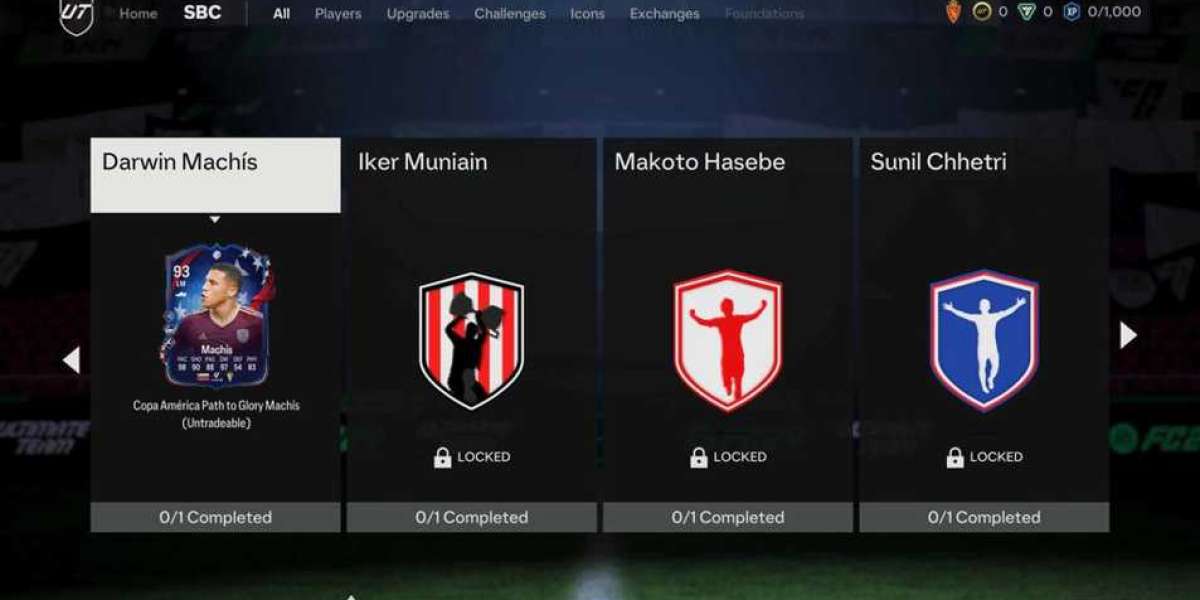Introduction
In a world where instant communication is crucial, short code sms service have become a powerful tool for businesses and organizations.
What Are Short Code SMS Services?
Short code SMS services involve sending text messages using a five or six-digit number, known as a short code, instead of a regular phone number. These messages can include anything from promotional offers to critical alerts. Businesses use them for marketing campaigns, customer service, and notifications due to their high open and response rates.
Importance of Short Code SMS Services
For businesses, short code SMS services offer several benefits:
- High Engagement: Text messages have an open rate of around 98%.
- Speed: Messages are delivered and read within minutes.
- Reach: SMS can reach customers regardless of internet access.
User Demographics Overview
Understanding who uses short code SMS services can help tailor messages more effectively. Key demographic factors include age, gender, and geographic location.
Age Groups Using Short Code SMS Services
Teens and Young Adults (13-24)
Teens and young adults are heavy users of mobile technology. They are often the first to adopt new tech and are highly responsive to SMS marketing, especially for entertainment and retail offers.
Adults (25-44)
This age group is the largest demographic for short code SMS services. They use SMS for a variety of reasons, including banking alerts, appointment reminders, and promotional deals.
Seniors (45+)
While less tech-savvy, seniors still use SMS for important notifications, especially in healthcare and financial services. The simplicity of SMS makes it accessible even for those less comfortable with smartphones.
Gender Distribution
Male Users
Men often use short code SMS services for sports updates, financial alerts, and tech-related promotions.
Female Users
Women are more likely to use SMS for retail promotions, healthcare reminders, and social engagement.
Non-binary and Other Gender Identities
Increasingly, non-binary and other gender identities are recognized, and inclusive marketing strategies are being developed to reach these users effectively.
Geographic Locations
Urban vs. Rural Usage
Urban areas show higher usage rates of short code SMS services due to better mobile network coverage and higher smartphone penetration. Rural areas use SMS primarily for essential services like healthcare and financial alerts.
Regional Differences
Different regions have varying preferences. For example, in North America, SMS is widely used for marketing, while in Europe, it’s often used for authentication and alerts.
Industry-Specific User Demographics
Retail
Retailers use short code SMS to send promotions and flash sales to young adults and middle-aged customers who are more likely to make quick purchasing decisions.
Healthcare
Healthcare providers use SMS for appointment reminders and health tips, targeting adults and seniors.
Financial Services
Banks and financial institutions use SMS for transaction alerts and fraud prevention, appealing to adults who actively manage their finances.
Entertainment and Media
This sector targets teens and young adults with updates on concerts, events, and new content releases.
Consumer Behavior and Preferences
Frequency of Use
Users interact with short code SMS services frequently, often daily, especially for time-sensitive information.
Types of Messages Received
Users receive a variety of messages, including promotional offers, reminders, alerts, and confirmations.
User Preferences for Communication
Many users prefer SMS over email for its immediacy and convenience. Short, concise messages are most effective.
Technological Adoption and Short Code SMS
Smartphone vs. Feature Phone Users
While most users now have smartphones, a significant number still use feature phones, especially in developing regions. SMS is universally accessible across all types of phones.
Integration with Other Digital Services
Short code SMS is increasingly integrated with apps and online services, providing a seamless user experience.
Challenges in Reaching Different Demographics
Accessibility Issues
Not all users have access to mobile phones or reliable network coverage, especially in remote areas.
Privacy Concerns
Users are increasingly concerned about their privacy and the security of their data. Ensuring compliance with data protection regulations is crucial.
Cultural Barriers
Cultural differences can affect how messages are received. Tailoring content to fit cultural contexts is essential for effectiveness.
Strategies for Targeting Diverse Demographics
Personalized Messaging
Personalizing messages based on user data can significantly improve engagement.
Language and Cultural Considerations
Sending messages in the user’s preferred language and considering cultural nuances can enhance message relevance.
Timing and Frequency of Messages
Finding the right balance in timing and frequency ensures messages are noticed without being intrusive.
Future Trends in Short Code SMS Services
Increasing Use of AI and Automation
AI can help personalize messages and automate responses, making SMS campaigns more efficient and effective.
Enhanced Personalization
Future SMS services will likely offer even more personalized content, improving user engagement and satisfaction.
Growth in Emerging Markets
As mobile phone adoption increases in emerging markets, the use of short code SMS services is expected to grow significantly.
Conclusion
Short code SMS services are a versatile tool for reaching a wide audience. Understanding the demographics of users can help businesses tailor their communication strategies effectively. As technology advances and user preferences evolve, short code SMS services will continue to be a vital part of the communication landscape.
About Us:
"Space Edge Technology" appears to be a term that might refer to a company, concept, or technology related to space exploration or utilization. However, without further context, it's challenging to provide specific information.


